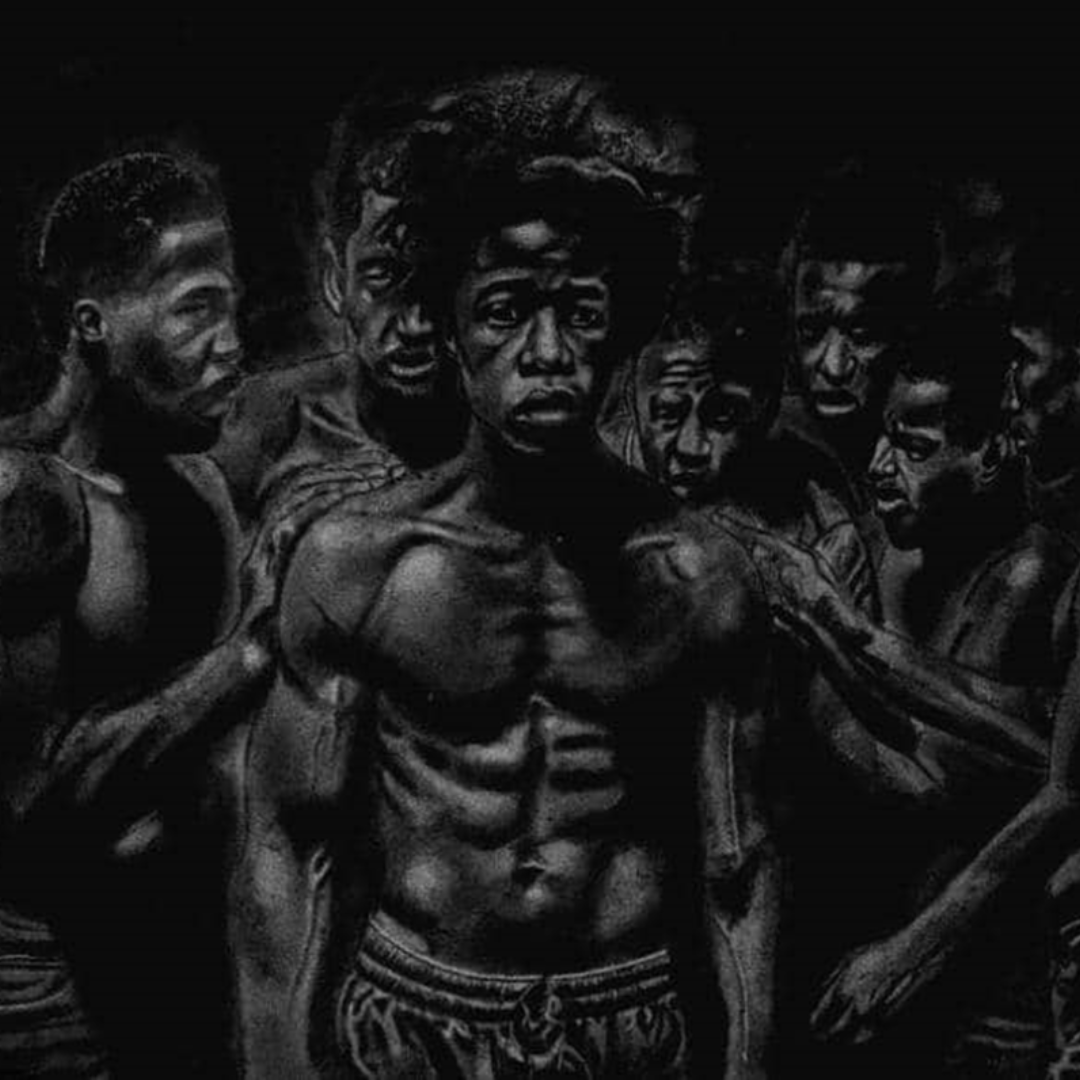Welcome to Paul Abikoye
Eni Yan ni Aso Mi
Amidst the chaotic frenzy of the network and the heavy winds outside my window, I picked up the phone and made a call to Paul as we had discussed last time. While many art forms have the power to transport people to another realm, the uniqueness of storytelling with a pencil captures imagery perfectly. What better way to remember someone than with our eyes closed and a vivid image of their face in our memory? This image, beautifully rendered with a pencil, is how Paul Abikoye expresses what’s on his mind.
Being a student of the English language at the prestigious Obafemi Awolowo University, Paul is no stranger to the beauty of words, so it was easy to say so many with his art. He seeks to paint pictures that communicate very succinctly what he is trying to say.
To Set the Ball rolling, I think your Paintings have Very Unique Names, and I'm Curious how you Name them. Can you Tell me how you Name your Work?
Usually, Paul tries not to name my work before it’s done because sometimes, he might be trying to say something, but when the painting is done, she ends up saying something else. And he mainly names my work in Yoruba because it’s his culture and it’s where he’s from.
What’s your Creative Process Like?
This is very unusual, but Paul paints eating cream crackers and biscuits. To him, it’s like a ritual for me and then I put on some music by Asa or Teledalase. It just helps me be in that flow state that makes creating smooth and enjoyable. He also gets a lot of inspiration from Pinterest. He tries to find pictures that resonate with what he wants to say and if he doesn’t find them, he creates them and paints.
What are Three of your Top Favorite Projects so far? Tell me About them and what Inspired them.
Paul’s favorite project is ‘Eni Yan ni Aso Mi’ (Yoruba for “People are my clothing”). It’s a symbolic pencil piece about how community becomes our true covering, offering strength, warmth, and protection in times of vulnerability. The central figure, unkempt and distressed, is surrounded by six others reaching out to support him, representing unity, shared strength, and healing. The number seven symbolizes wholeness. This piece is deeply personal and celebrates the chosen family, the power of presence, and the quiet strength of those who stay.
The next one is “Bàbá Ní Fadákà” "Father is Silver". This piece reimagines the Yoruba saying “Ìyá ní wúrà, bàbá ní dígí” by asserting that a father is more than a mirror. He is silver, valuable, and foundational. Through symbolism such as dark wings for protection, strong arms for strength, and a sleeping child for trust, he explored the quiet, often underappreciated power of fatherhood. He is as important in the life of a child as the mother. This remains one of his most personal and emotionally charged works.
Bàbá Ní Fadákà
The third one explores the fragmented, unpredictable nature of time and how we experience it emotionally and psychologically. What makes Àsìkò so special to me is the effort it took to bring it to life. From concept to execution, every part was intentional. He created the reference image himself, modelling for it and designing the composition to reflect duality and inner tension. It pushed him creatively and technically, and that’s why it holds such a strong place in his heart.
Asiko
Tell me about your Next Project
Paul’s next project is deeply personal. It might not be for sale and it was inspired by someone very dear to him. She's not just beautiful; she’s present, inspiring, and a quiet force in his life, he stated. This piece will reflect emotion, reverence, and admiration in ways words can’t fully capture. It’s still in progress, but it’s the kind of work that reminds him why he created it.
Share a Quote You Love
“Na who give up, f up”


